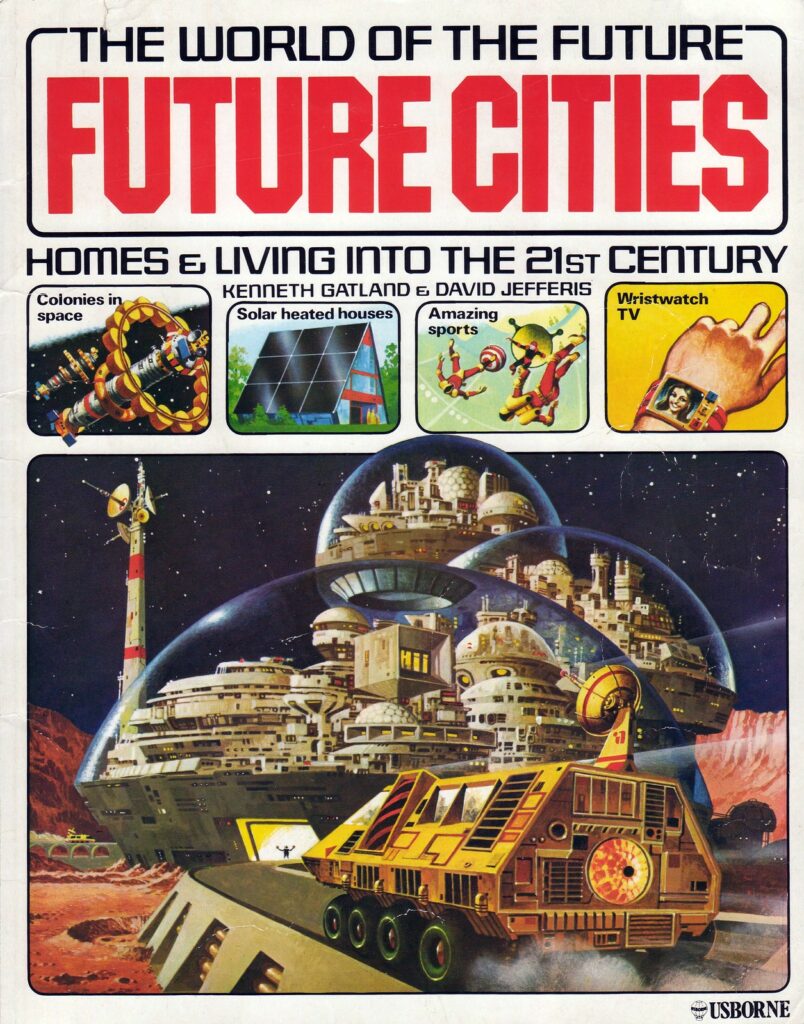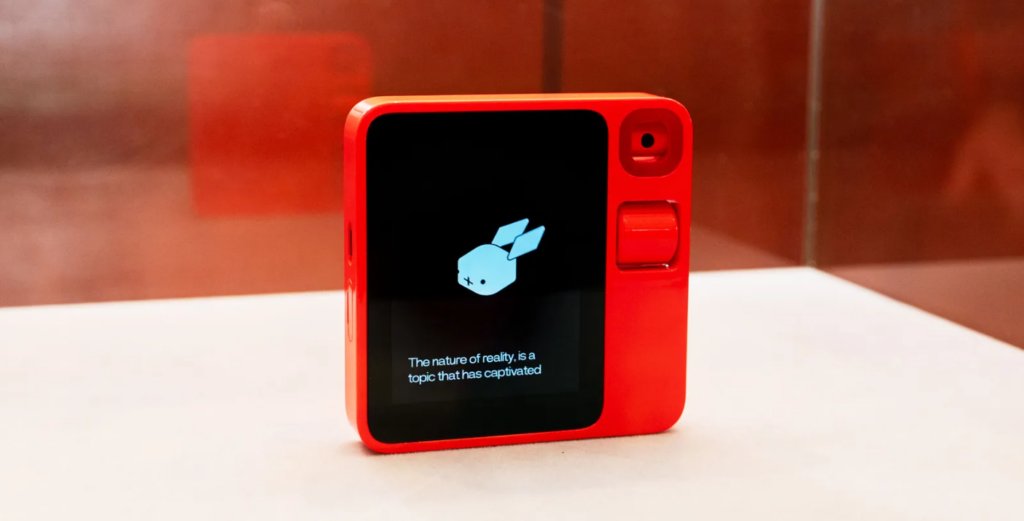The Consumer Electronics Show (CES) of 2024 saw AI become the acronym du jour, with almost everything, from advanced gadgets to everyday items, being branded with the AI tag.
The Rabbit R1 and AI robots from LG and Samsung were just the tip of the iceberg – AI was embedded in products as varied as pillows and toothbrushes.
For instance, the AI pillow by Motion Sleep was designed to adjust itself to reduce snoring, using AI to distinguish between snoring sounds and ambient noise.

You’ve got to ask, as more companies rebrand their algorithms as AI, how do we determine genuine AI from mere marketing messaging?
The semantics of the term “AI,” often rooted in anthropomorphism that machines with AI are ‘intelligent’ in a similar way to us or other organisms, leads to over-extended expectations about what AI truly embodies.
‘Artificial Intelligence’ itself, a phrase coined in the 1950s by computer scientist John McCarthy, perhaps did the field a disservice at the time. It conjured up images of sentient machines, echoing the realms of science fiction rather than the reality of the technology.
Magazine covers and news stories from the era imagined humans living beside high-tech robots within just a few years.

Reality soon hit as researchers grappled with the limited computing resources of the time, eventually plunging the industry into an ‘AI winter’ of slow development.
Earlier forms of machine learning have given way to today’s neural networking and generative AI, and no company wants to miss out on the buzz that comes with it.
Despite technological advancement, public understanding and trust in AI remains low, leading to a widening disconnect between what companies call AI, what AI really is, and what people perceive it to be.
Arun Chandrasekaran, a Gartner analyst, weighed in on this, noting the risks of potentially overzealous AI branding. “There is a conflation now of generative AI and other AI that could muddle the field a little bit,” he observed.
He further cautioned, “Marketers might be shooting themselves in the foot when they advertise something that ends up not being what people expected.”
AI in unlikely places
CES saw AI toothbrushes, pillows, masks you can wear to have private conversations in public, and mirrors that help you meditate.
There were in-car sound systems that change music as you drive, AI vacuum cleaners that adjust suction based on surface analysis, and washing machines that detect different fabric types.
Samsung’s AI fridge features an in-fridge camera that documents the different items you have.
The lines between AI for the sake of utility and AI for the sake of AI are thoroughly blurred.
Walmart also introduced AI technologies, including augmented reality (AR), drones, and generative AI, to enhance the shopping experience. This includes tools for product search and replenishment and a new AR social commerce platform called “Shop with Friends.”
There were plenty of sincere ideas being brought to life with AI, too, like OneCourt, which presented a miniature haptic display field that helps visually impaired individuals ‘see’ sports games in real-time, using touchable covers that imitate pitch or field lines.
In addition to frenzied labeling of products involving “AI,” CES raises another pertinent question: Do we want or need AI for every aspect of our daily lives, from cooking to shopping to sleeping?
It’s a tricky one, as, on one hand, AI is a fantastic novelty technology. Just look at the Rabbit R1 – one of the more original and innovative products showcased at CES. Rabbit predicted a few hundred sales on day one of opening preorders but sold over 10,000.

You can be sure some buyers were swept up by the novelty value of owning an AI device like the Rabbit, compounded by its fresh branding, which plays into its novelty.
And who can blame them? $199 is a tempting price for a tech toy, which undoubtedly helped sway people. I must confess, I had the Rabbit R1 in my shopping bag before I realized shipping outside the US could take months.
The R1 may turn out to be an extremely useful device, but it’s a stretch to understand its true utility. One top comment on the official promo video said candidly, “I still dont know what this thing even does.”
When we started building r1, we said internally that we’d be happy if we sold 500 devices on launch day. In 24 hours, we already beat that by 20x!
10,000 units on day 1!
Second batch available now at https://t.co/R3sOtVWoJ5
Expected delivery date is April – May 2024. pic.twitter.com/XqaHqqk36L— rabbit inc. (@rabbit_hmi) January 10, 2024
There was a 24-minute demo, but it was still pretty ambitious, with X commenters again remarking along the lines of, “Yo on your landing page talk about what this product does in very clear terms, i don’t get it” and “looks really nice, but i don’t see why this isnt just an app.”
Introducing r1. Watch the keynote.
Order now: https://t.co/R3sOtVWoJ5 #CES2024 pic.twitter.com/niUmjFvKvE
— rabbit inc. (@rabbit_hmi) January 9, 2024
AI’s ambiguity hasn’t gone unnoticed by industry observers either, with Eric Siegel, a machine learning expert, describing how “AI suffers from an unrelenting, incurable case of vagueness.”
AI in marketing: a muddy message
In 2017, the Association of National Advertisers selected the term “AI” as the Marketing Word of the Year.
This symbolized how AI has transcended its technical boundaries to become a ubiquitous catchphrase in advertising and product promotion. Marketing strategies tap into AI’s allure and mystique, attracting customers and investors who may not fully grasp the technology but recognize its buzzword status.
By the mid-2010s, you’d be hard-pressed to find software and SaaS products presented without some form of AI or machine learning-related marketing messaging, which has now spread to physical products.
The widespread use of AI in marketing parallels historical examples in the financial sector, where complex terms were used to create a facade of performance and reliability.
Mass reforms in the early 2000s placed a greater onus on financial services companies to avoid fictitious claims and catchy buzzwords.
AI products might not be for the masses, yet
Companies should tread carefully when integrating AI into every aspect of their products.
The integration of AI in products and marketing, as evidenced by recent situations involving Magic: The Gathering, Wacom, and others, shows that the public is perhaps not as attracted to the tech as businesses might assume.
Meanwhile, surveys have shown that trust in AI and the companies behind it is lacking.
In any case, CES 2024 showcased a tech industry entranced by AI, often stretching the term beyond meaningful application.
On one hand, the novel integration of AI in everything from pillows to toothbrushes showcases how flexible the technology can be.
On the other hand, it risks the technology descending into an ever-increasing spiral of ambiguity and vagueness.





